A research team used a plasma jet‐like setup to enhance the flowability of lactose powder while in production.


A research team used a plasma jet‐like setup to enhance the flowability of lactose powder while in production.
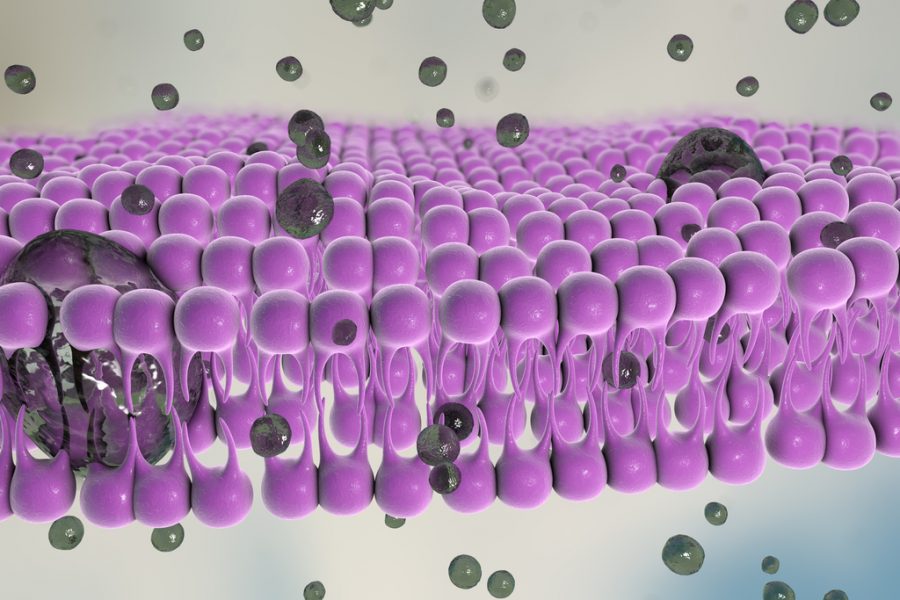
A research team from the National Chiao Tung University in Taiwan showed that aerosol‐assisted dielectric‐barrier‐discharge atmospheric‐pressure plasma deposition can be used for depositing different kinds of protein on different biosensor substrates in a single step.
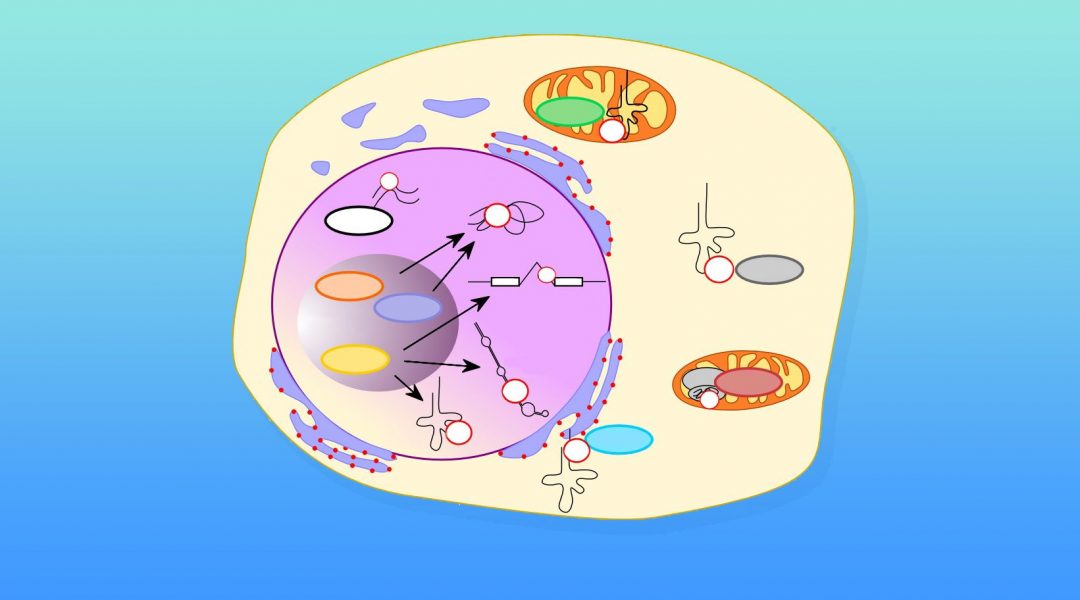
It is a well‐known fact that RNA is the target of a plethora of modifications which currently amount to over a hundred. The vast majority of these modifications was observed in the two most abundant classes of RNA, rRNA and tRNA. With the recent advance in mapping technologies, modifications have been discovered also in mRNA and in less abundant non‐coding RNA species.

The required features of nanofactories, and current strategies for their design and fabrication.
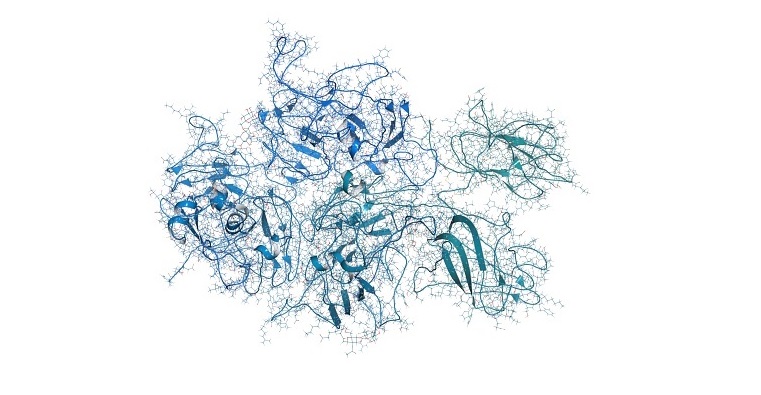
A team of German researchers conducted the first study on the direct exposure of cold atmospheric plasma on amino acids at dry conditions.
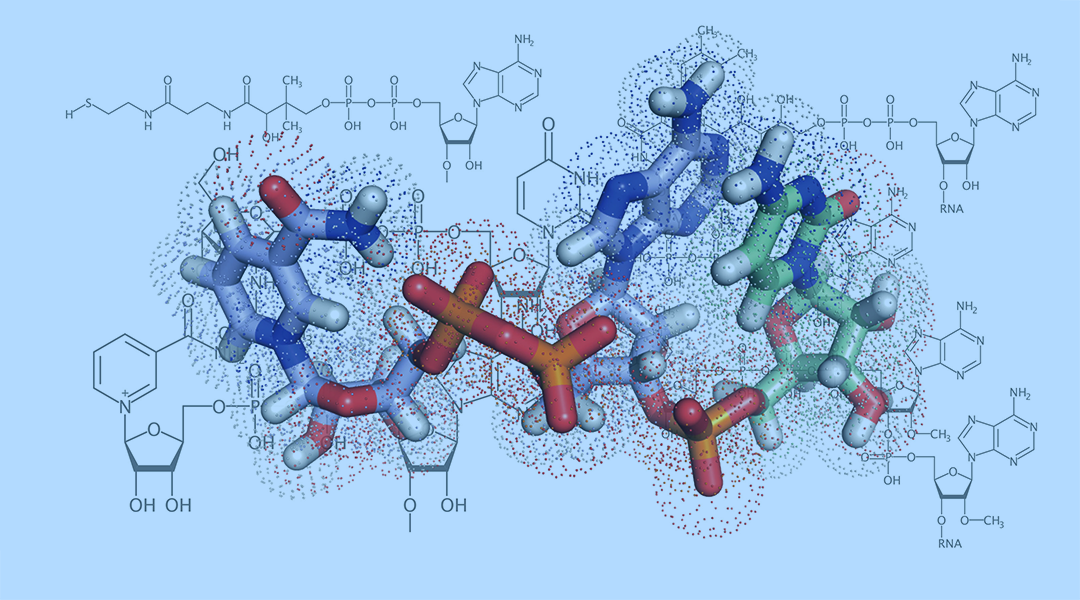
Although many eukaryotic transcripts contain cap structures, it has been long thought that bacterial RNAs do not carry any special modifications on their 5′‐ends. In bacteria, primary transcripts are produced by transcription initiated with a nucleoside triphosphate and are therefore triphosphorylated on 5′‐ends.
The Hippo pathway’s role in heart development and regeneration.
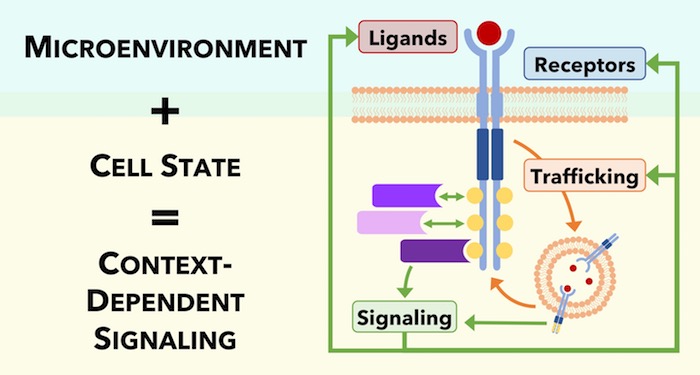
Receptor tyrosine kinases (RTKs) are cell membrane proteins that provide cells with the ability to sense proteins in their environments. Many RTKs are essential to development and organ growth. Derangement of RTKs—by mutation or by overexpression—is central to several developmental and adult disorders including cancer, short stature, and vascular pathologies.
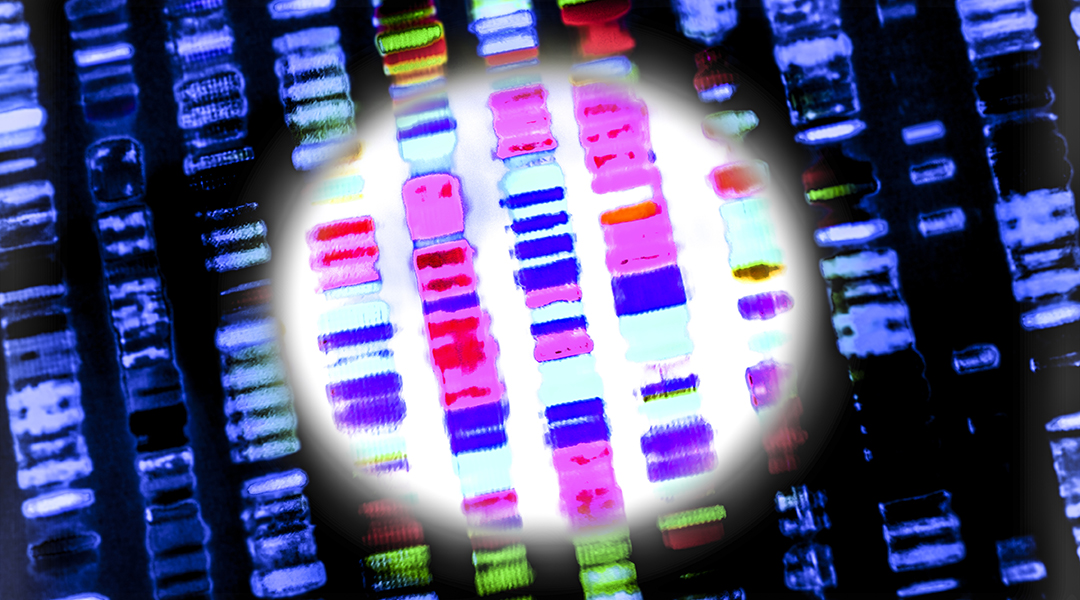
Organisms have acquired sophisticated regulatory networks that control gene expression in response to cellular perturbations. Understanding of the mechanisms underlying the coordinated changes in gene expression in response to external and internal stimuli is a fundamental issue in biology.
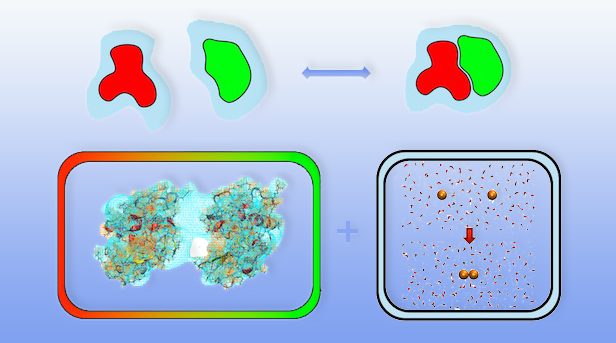
Solvation free energies contribute to the driving force of molecular processes in solution and play a significant role for the relative stability of biomolecular conformations or the formation of complexes. Changes in solvation free energy are the origin of solvent‐mediated interactions such as the hydrophobic effect in water.